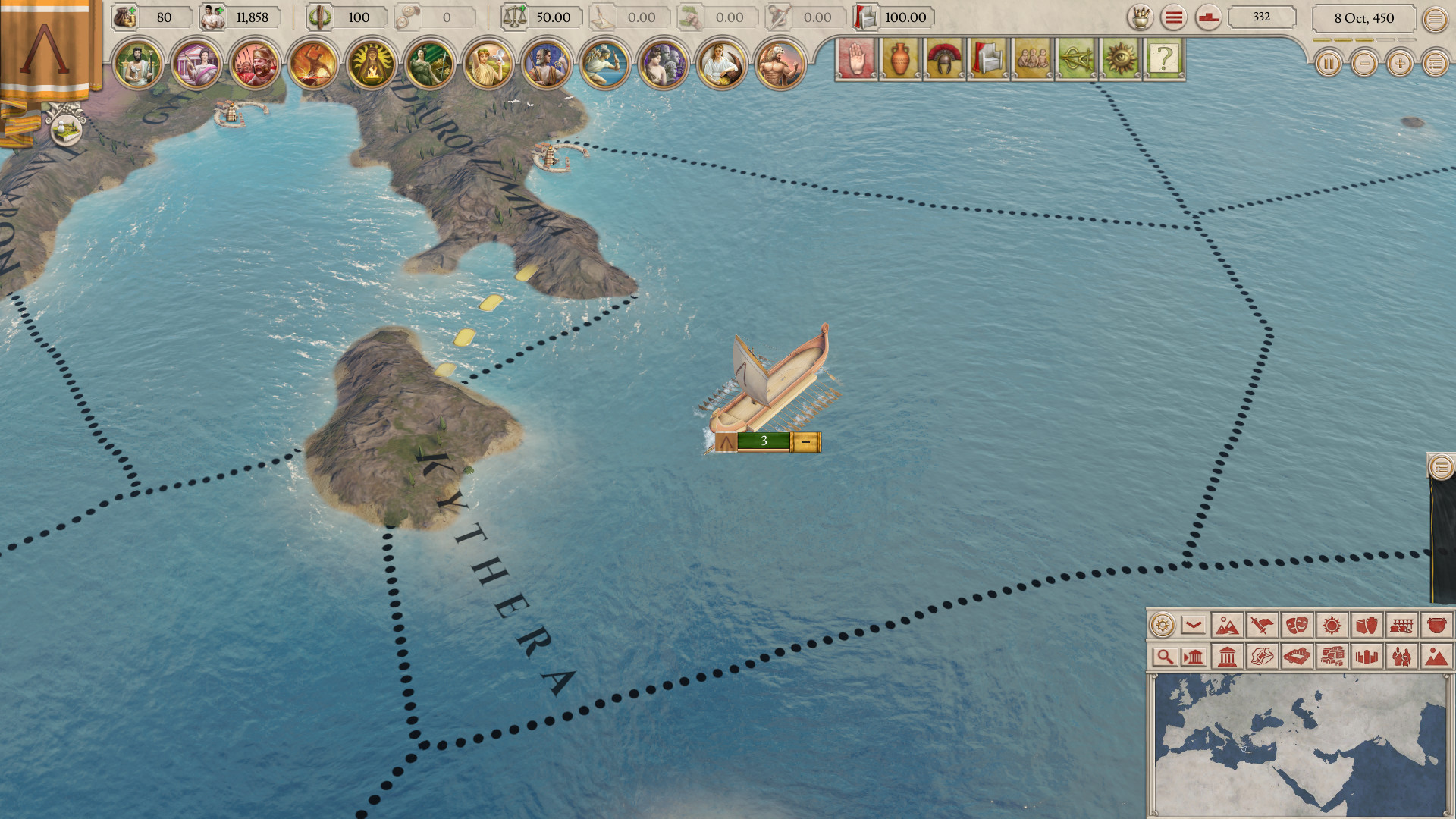

With a wealth of contemporary sources and rare artifacts illustrated with specially commissioned color artwork and rare photographs, this is an intriguing insight into the everyday lives of these horsemen and reveals how they acquired the skills that made them so crucial to the Taras' fate. He goes on to reveal how their prowess extended to beyond the battlefield in the arena of tribal games. In this book, expert author Nic Fields examines the Taras horsemen in detail, using rare artifacts and contemporary sources to create an account which reveals the day to day lives of these warriors together with their experiences in battle.įields discusses the Taras tactics, weapons and equipment, detailing how they bred the horses that were so essential to their success.

These horsemen, who excelled in valor and wealth not only served on their home soil, but were in great demand abroad and were often exported as mercenaries. The Taras were the leading power of the scattered Greek states of southern Italy and built their reputation on the unmatched horse warriors who helped the Taras claim and maintain their power. Most plates carry the publishers imprint of Longman, Hurst, Rees & Orme (or Longman & Rees pl. These horsemen, who excelled in valor and wealth not only served on their home soil, but were in great demand abroad and Osprey's study of the Tarentine horsemen from 430 to 190 BC. The ancient Greek seaport colonies of southern Italy and Sicily from the eighth to the fourth century bc. The Taras were the leading power of the scattered Greek states of southern Italy and built their reputation on the unmatched horse warriors who helped the Taras claim and maintain their power. Maps, glossary, and bibliography complete this invaluable reference work. The resulting volume illuminates this often misunderstood range of religious phenomena.Osprey's study of the Tarentine horsemen from 430 to 190 BC. Featured are brief commentaries and colorplates for each object, including many details, as well as six scholarly essays about various aspects of Greek art and civilization in Magna Graecia (Great Greece). Topics include Dionysos and Orpheus, the Goddess Cults, Isis in Italy, and Roman Mithras, explored by an international array of scholars including Giulia Sfameni Gasparro (“Aspects of the Cult of Demeter in Magna Graecia”) and Alberto Bernabé (“Imago Inferorum Orphica”). Contributors present contemporary theories of ancient religion, field reports from recent archaeological work, and other frameworks for exploring mystic cults in general and individual deities specifically, with observations about cultural interactions throughout. Implementing a variety of methodologies, the contributors to Mystic Cults in Magna Graecia examine an array of features associated with such “mystery religions” that were concerned with individual salvation through initiation and hidden knowledge rather than civic cults directed toward Olympian deities usually associated with Greek religion. This collection of essays brings new insight to the study of mystic cults in the ancient world, particularly those that flourished in Magna Graecia (essentially the area of present-day Southern Italy and Sicily). Fiores opus, often criticized for its poor organization (due, perhaps, to its posthumous publication), presented information about Magna Graecia that was. In Vergil’s Aeneid, the poet implies that those who have been initiated into mystery cults enjoy a blessed situation both in life and after death.


 0 kommentar(er)
0 kommentar(er)
